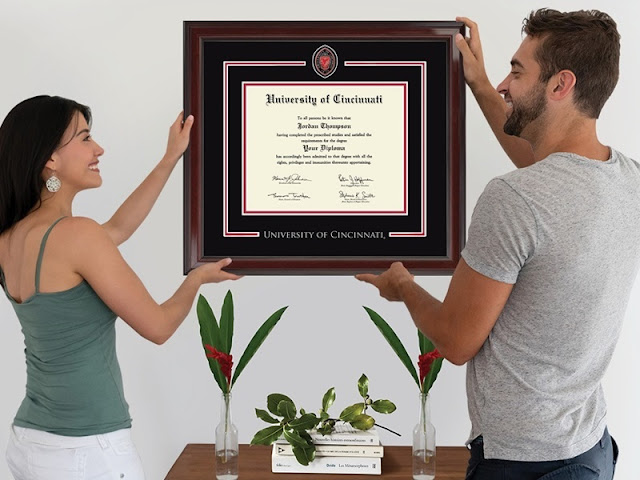The Evolution of the LGBTQ Flag and What It Stands For
In the early hours of June 28, 1969, a series of violent confrontations began between the police and the gay rights activists in New York City, outside the Stonewall Inn, a gay bar in the Greenwich Village. In honour of this event known as the Stonewall Riots, June has been recognised as LGBTQ Pride Month worldwide. On June 25, 1978, the first versions of the LGBTQ rainbow flag were flown for the San Francisco Gay Freedom Day parade.
The Origins of the Pride Flag
 |
| source: parade.com |
All year round, but especially during Pride Month, you can see the LGBTQ flag being proudly displayed as a symbol for the LGBTQ rights movement. The story goes back to 1978, when Gilbert Baker, an artist, openly gay man and a drag queen, designed the first pride flag. He was urged by Harvey Milk, one of the first openly gay elected officials in the US, to create a symbol of pride for the gay community.
Baker decided to make that symbol a flag because for him flags were the most powerful symbol of pride. He believed that gay people were supposed to come out, to be visible and live in the truth. For him, it was a way of proclaiming your visibility and saying who you really are. He and a team of volunteers had made the first flags by hand. Today the flag is mass-produced for consumption by all, so you can buy the LGBTQ rainbow flag in various sizes and show your support.
The Evolution of the Pride Flag
It is not uncommon to see pride flags flying outside of homes and bars, cars and more. But how did it become such a widely recognised symbol of love, beauty and inclusion around the globe?
Back in 1978, Baker adopted eight colours for the stripes, each one with its own meaning. Pink signified sex, red was for life, orange for healing, yellow for sunlight, green for nature, turquoise for art, indigo for harmony, and violet for spirit. After the assassination of Harvey Milk in November 1978, demand for the flag increased.
However, due to some production issues, the pink and turquoise stripes were removed and the indigo stripe was replaced by a blue one, so the contemporary six-striped flag was born including red, orange, yellow, green, blue and violet. Today, it is the most common variant of the rainbow flag with the red stripe on top, as in a natural rainbow.
During an interview in 2015, Baker explained that he was inspired by the celebrations marking America’s bicentennial in 1976 when the constant display of stars and stripes made him realise the need for a similar rallying sign for the gay community. As a struggling drag performer, he was used to creating his own pieces of clothing, so he was well-equipped to sew the first pride flag. With the help of close to 30 volunteers working in the attic of the Gay Community Centre in Francisco, he was able to construct the first draft of the renowned LGBTQ flag.
In 1994 this flag was established as an international symbol for LGBTQ pride and today it can be seen flying proudly around the world during both promising and difficult times. It has been updated many times now.
In 2017, civil rights activist and community organiser Amber Hikes together with the Philadelphia Office of LGBT Affairs updated the flag by adding black and brown stripes to it to represent people of colour within the community. The same year, Gilbert Bakers revised his original flag by adding a lavender flag to symbolise diversity.
In 2018, it was updated by nonbinary artist Daniel Quasar to include the white, pale pink and blue stripes of the trans pride flag, known as well as the progress pride flag. The idea was to centre trans people as they’ve been on the front lines of activism often and faced repercussions due to their often visible gender transgression.
In 2021 the latest intersex-inclusive design was created by Valentino Vecchiettu, an intersex columnist and media personality, highlighting the diverse identities within the community, and stands as a vibrant testament to LGBTQIA+ pride, as a symbol of safe spaces, and an emblem of support. This version of the flag builds upon the design of the progress pride flag by incorporating a purple circle within a yellow triangle, symbolising intersex pride.
Final Thoughts
Baker’s flag is recognised around the world as a symbol of the LGBTIQ+ community, representing pride, inclusivity and support. Over the years, the design has been updated many times and will continue to be reimagined as the spectrum of human identity is broad and waits to be discovered. The popularity of the rainbow flag keeps growing and is seen around the globe as a positive representation of the LGBTQ+ community.
Gilbert Baker died on March 31, 2017, at the age of 65, but he lived to witness the legalisation of same-sex marriage throughout the US two years earlier. His legacy lives on in the pride flag that flies around the world, recognising the lives of LGBTQ+ people. What matters is that we keep the community vibrant, creative and engaged in activism, and the flag will continue to evolve, representing developments in society, love, support, inclusion and pride.


Comments
Post a Comment